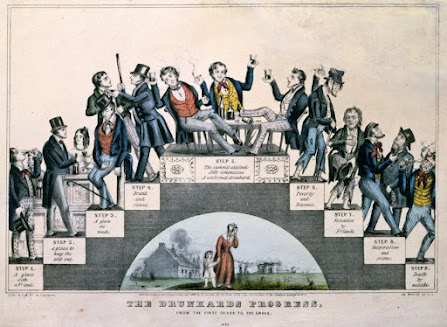In the late nineteenth and early twentieth century, a trust was known as a cartel or monopoly involved in creating agreements to fully control a product or industry. Some of these monopolies are protected under the constitution, but these trusts in which one exercised full control over a product or industry were new to Americans. Rapid industrialization, along with advances in technology and urban growth influenced the structures of businesses. The laissez faire policy, enforced by the government, was very beneficial as it increased capital, increased labor supply, and helped the national market grow. However, many trusts emerged as businesses were unregulated, in which two of the most considerable trusts were those of Andrew Carnegie (Steel industry) and John Davison Rockefeller (Oil industry.) Similar to other trusts, these two men would employ horizontal (buying the competition) and vertical (controlling every business process) integration strategies to further expand their businesses.
 |
An 1904 painting illustrating the control Rockefeller had in the oil industry with his Standard Oil monopoly.
(American Yawp) |
 |
An 1899 political cartoon depicting the rise of big monopolies in the late nineteenth century and the senate debating the Sherman Antitrust Act.
(History Net) |
As monopolies rose in the twentieth century, many reformers sought to enforce regulations to the powerful corporations since these corporations suppressed their competition (also known as cutthroat), mistreated their workers, and were overall corrupt. As business expanded into multiple states, the court cases Munn v. Illinois and Stone v. Wisconsin held in 1877 found that railroads and other big business could be regulated by the individual states. This ruling later changed to only the federal government having the right to regulate interstate commerce. In the same year, the Interstate Commerce Act was passed to stop the monopolistic practices of the railroad industry (such as setting unfairly high price rates.) In 1890, the Sherman Antitrust Act was passed, stating that trusts are illegal and that monopolizing on trade or commerce (or stifling/restricting competition) is illegal. However, the act was not successful due to the vague and loose wording about the specificalities about what trade and commerce consists of between states. This was fixed in 1914, when President Woodrow Wilson signed the Clayton Antitrust Act, which was essentially an upgraded version of the Sherman Antitrust Act. The Clayton Antitrust Act regulated price discrimination, prohibited acts that would reduce competition, and declared that practices that make the formation of monopolies more likely are illegal.
 |
The Interstate Commerce Act, signed in 1877.
(National Archives) |
 |
The Sherman Antitrust Act, signed in 1890.
(National Archives) |
BIBLIOGRAPHY
National Archives. (2021, September 8). Interstate Commerce Act (1887). National Archives. https://www.archives.gov/milestone-documents/interstate-commerce-act
National Archives. (2021, September 9). Sherman Anti-Trust Act (1890). National Archives. https://www.archives.gov/milestone-documents/sherman-anti-trust-act
THE AMERICAN YAWP. 20. The Progressive Era | THE AMERICAN YAWP. The American Yawp. https://www.americanyawp.com/text/20-the-progressive-era/
History Net. https://www.historynet.com/busting-trusts/1880s-1889-puck-political-cartoon-the-bosses-of-the-senate-monopoly-corporate-interests-lead-to-sherman-antitrust-act/
Clayton Antitrust Act | Summary, History, Significance, & Facts Definition | Britannica Money. Www.britannica.com. https://www.britannica.com/money/Clayton-Antitrust-Act
Britannica. (2024, April 19). Sherman Antitrust Act. Encyclopædia Britannica. https://www.britannica.com/event/Sherman-Antitrust-Act






Comments
Post a Comment